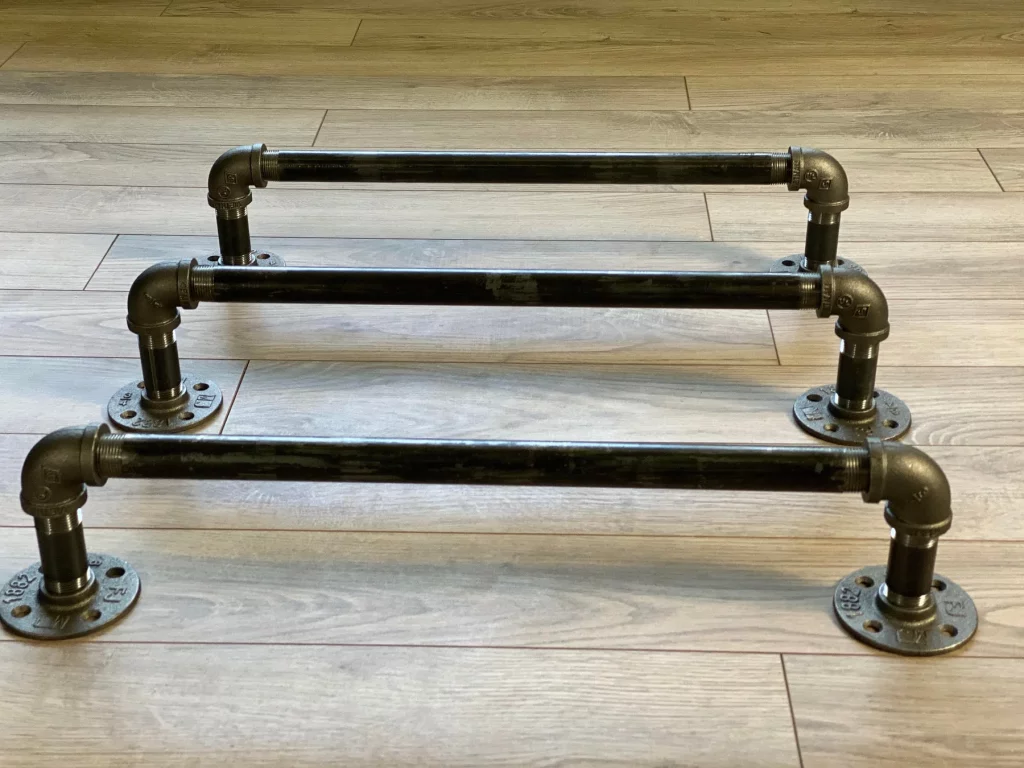Ladders are one of the most commonly used tools in the world. However, many people do not know what the different parts of a ladder are called or what their functions are.
The step ladder approach works best when your child is directly involved so they can determine what the steps will be for them. It involves breaking down a situation/fear into smaller steps and then working through them in order of easiest/least scary to hardest/most scariest.
Steps
Ladders are one of the most used tools in the industry. However, there are many different types of ladders. The most common is the step ladder. This type of ladder is self-supporting and can be used anywhere. However, there are a few important things to remember when using a ladder.
Ladder type step stools (32 inches or less in overall length) shall be designed and constructed so that the rungs, cleats, and steps are not more than 12 inches apart, as measured between center lines of a pair of rungs or cleats. This is also called the stair-across distance.
The Werner 6306 Fiberglass 6ft step ladder is the perfect choice for professionals looking for a rugged, durable ladder. This ladder is built to withstand the toughest jobs with its external spreaders and internal rail shields. It also includes the EDGE bracing system and GLAS*MARK Violator stripes to protect the ladder from corrosion when working near electricity.
Spreaders
Ladders can be dangerous, and a ladder step is designed to help make your job safer. It is a type of self-supporting ladder that can be used without having to lean against any type of support. This allows you to work in places where a regular ladder can’t, such as changing light bulbs or painting a room.
The ladder has a series of spreaders that open when you set it up, making the steps that you stand on and hold onto wider. The ladder also has a tray that can be used to place tools when you’re working.
The rungs and cleats on a ladder must be spaced a certain distance apart, depending on the type of ladder. This helps prevent someone from stepping on the wrong rung and falling off. The ladder should also be inspected for loose or missing rivets, damaged racks, rust, and defective braces and slip resistant feet. On a combination ladder, a retrieval line should be fastened at or above the bottom spreader, leading forward.
Feet
A ladder needs feet to keep it from moving or slipping while you’re climbing. Ladder feet are available in many different materials, but the ones you want are the anti-slip feet. These are designed to give you a solid footing, especially on grates or other slippery surfaces.
This ladder is perfect for doing small tasks that require you to stand comfortably, such as changing lightbulbs or painting a room. It can also be used to reach areas that would be hard to get to with a regular ladder such as a storage shed or attic. It’s easy to set up, lightweight and portable. It’s ideal for most jobs around the house, but can be particularly useful when working on a roof or other high place. The wide steps are comfortable to stand on and help you to stay stable. The ladder also folds up for easy transport and storage. This is a great ladder to have on hand for those quick jobs that you’re always doing.
Top Cap
The top cap is a tray-like component that holds tools and other accessories at the top of a ladder. It also helps the ladder stand upright without leaning against another stable object, like a wall or building.
Ladders may also have other specialized features depending on their intended use and load capacity. For example, some may have safety labels or instructions affixed to their side or rails to provide important weight limitations and usage instructions.
Ladder-Guard is a durable plastic safety barrier designed to fit between the ladder’s top step and its top cap. It features a die-cut “NO STEP” message to remind users to prioritize safety and avoid climbing beyond the highest standing ladder rung or top cap. It installs in minutes and does not require any ladder modification or additional hardware. It is available in a variety of colors to match your project’s needs. The trays, ports, and slots of the top cap accommodate a variety of Little Giant ladder accessories, including strap holsters for drills and tape measures, drill bit holders, magnetic fastener trays, and gallon and quart can tethering points. Monkey bars


